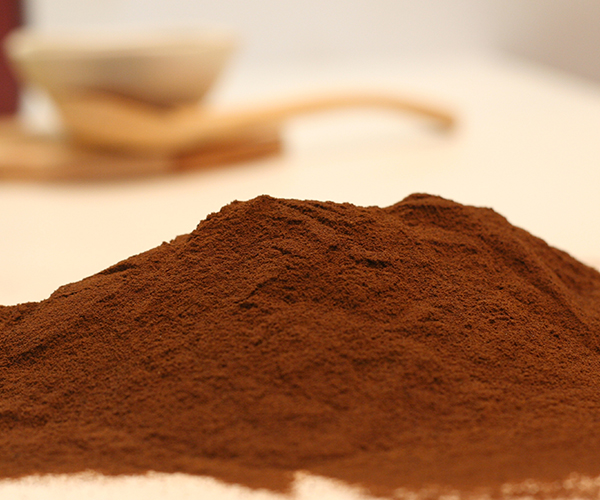
The untold truth of instant coffee
Instant coffee is a controversial choice among coffee aficionados, as many look at it as fake or weak coffee. It does have a convenience factor, though, which some companies have used to market higher-end coffees, such as Tanica. But what is the essential difference between instant coffee and coffee made from whole beans? And what exactly is instant coffee, anyway?
Making instant coffee is faster, less expensive, and easier than making regular coffee. It is made by adding the powder to hot water, similar to making instant tea. Instant coffee is made from whole coffee beans that are roasted, ground, and brewed. Then all of the water is removed from the brewed coffee, leaving dehydrated powder. When you add water to the powder, it turns back into coffee.
How instant coffee is made
The production of instant coffee is done through either a spray-drying process or a freeze-drying process. Spray drying is a process where liquid coffee concentrate is sprayed as a fine mist into hot air, approximately 480 degrees Fahrenheit. When the coffee hits the ground, it will have dried into small crystals, as the water will have evaporated.
Freeze drying is slightly more involved. The coffee is cooked down into an extract, which is then chilled at approximately 20 degrees Fahrenheit until it becomes essentially a coffee slushy. The slushy mixture is then further chilled using a belt, drum, or tray at a temperature of -40 degrees Fahrenheit. This causes it to form slabs of frozen coffee that are then broken down into granules, which are sent to a drying vacuum where the ice is vaporized, leaving behind granules of instant coffee.
How instant coffee compares in the caffeine department
There is less caffeine in instant coffee than regular, which may be a benefit for those looking to reduce their consumption. One cup of instant coffee contains between 30 and 90 milligrams of caffeine compared to regular coffee, which contains between 70 and 140 mg.
The popularity of instant coffee globally
he market for instant coffee is expanding globally — and exponentially in China. Previously, China was known to drink approximately two cups of coffee per year per person (in other words, the amount most people drink before lunch), and is now the fourth largest market for instant coffee, also known as ready to drink (RTD) coffee.
Russia is also an emerging coffee market. Instant coffee is an affordable entry point into the beverage, which can be expensive to purchase in whole bean form. The RTD coffee industry is rooted in the United Kingdom, which has consumed instant coffee for decades.
Whether or not you like instant coffee, it is real coffee and definitely more convenient than brewing coffee from whole beans.

This post is amazing, it is extremely thorough and in depth.